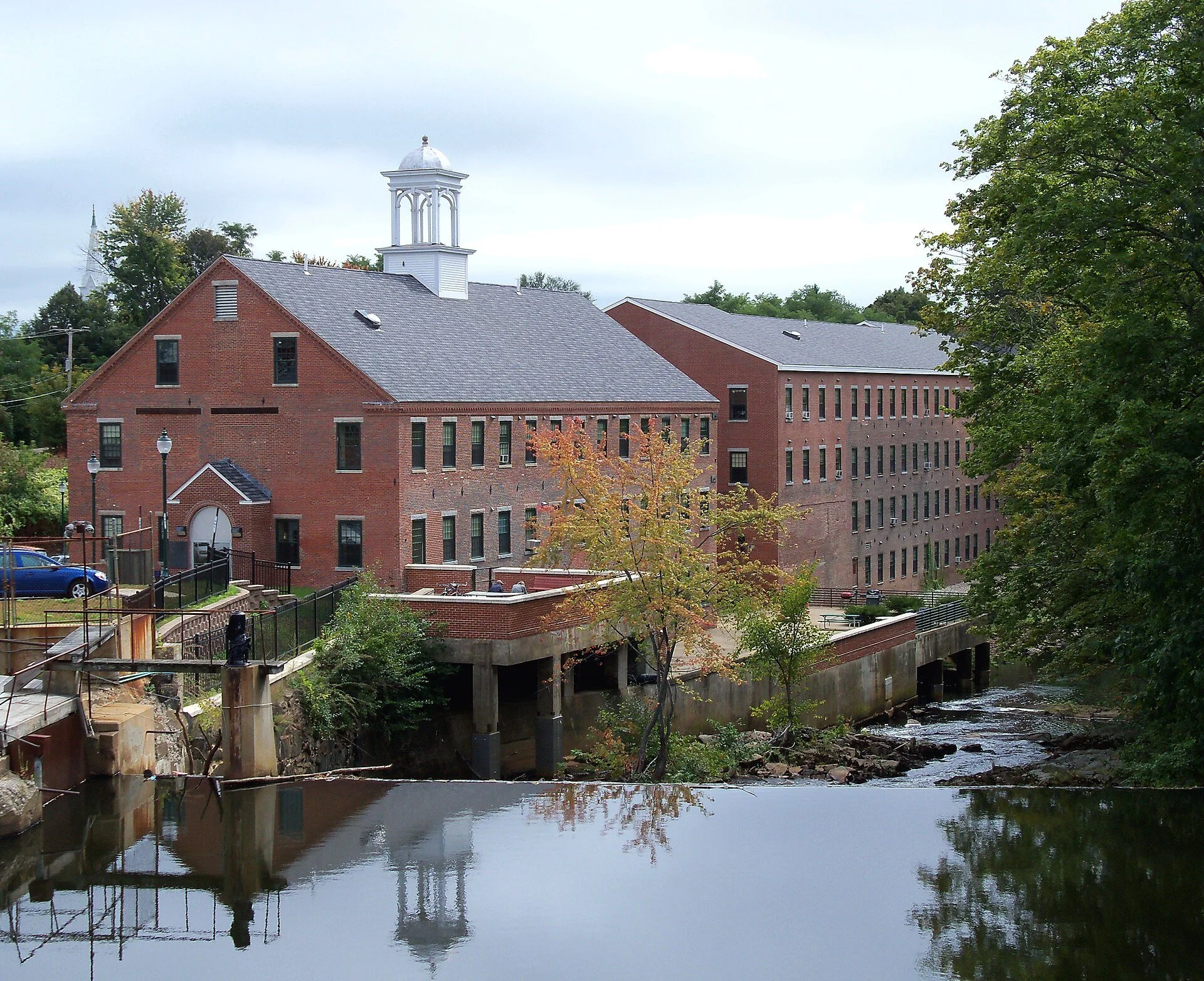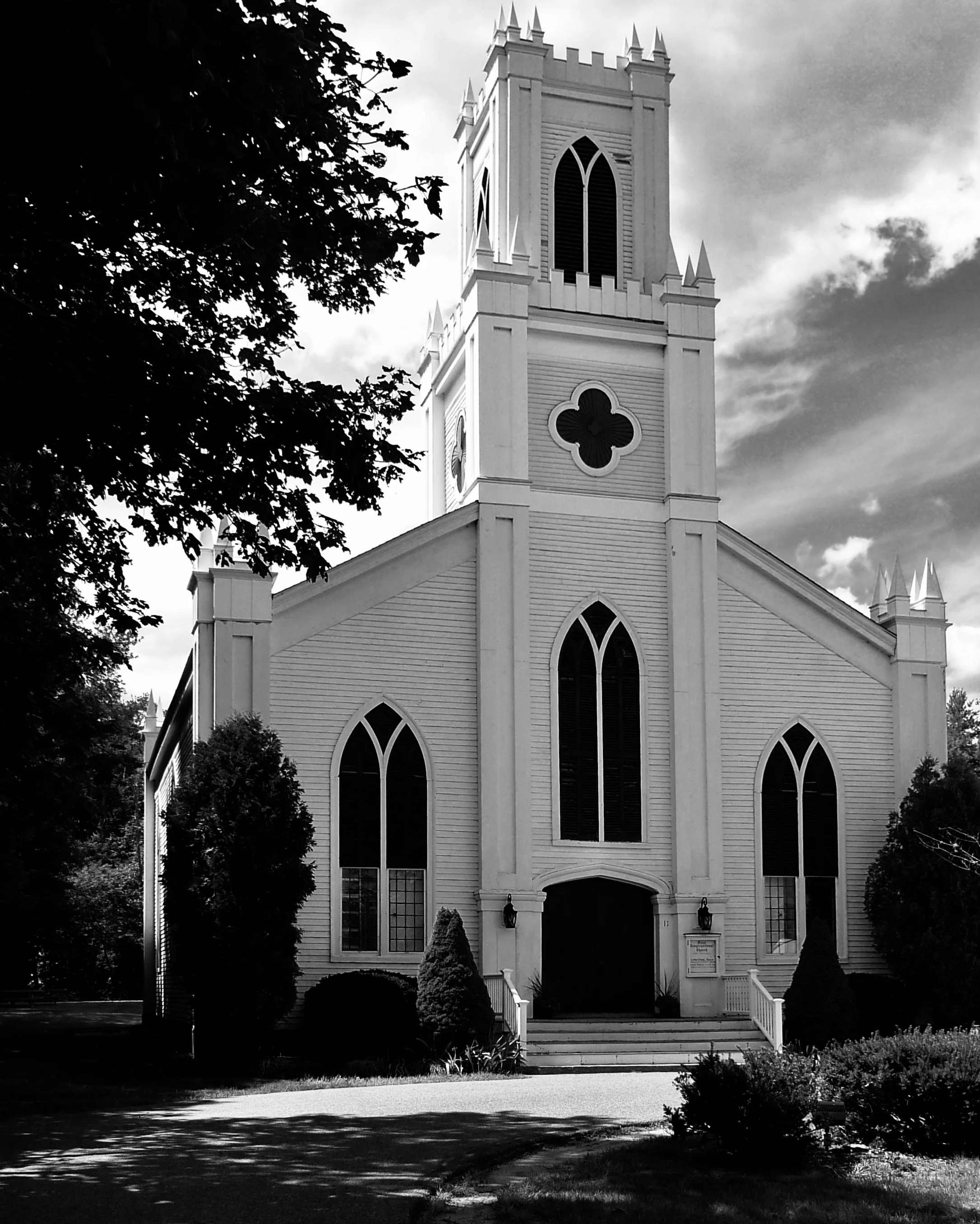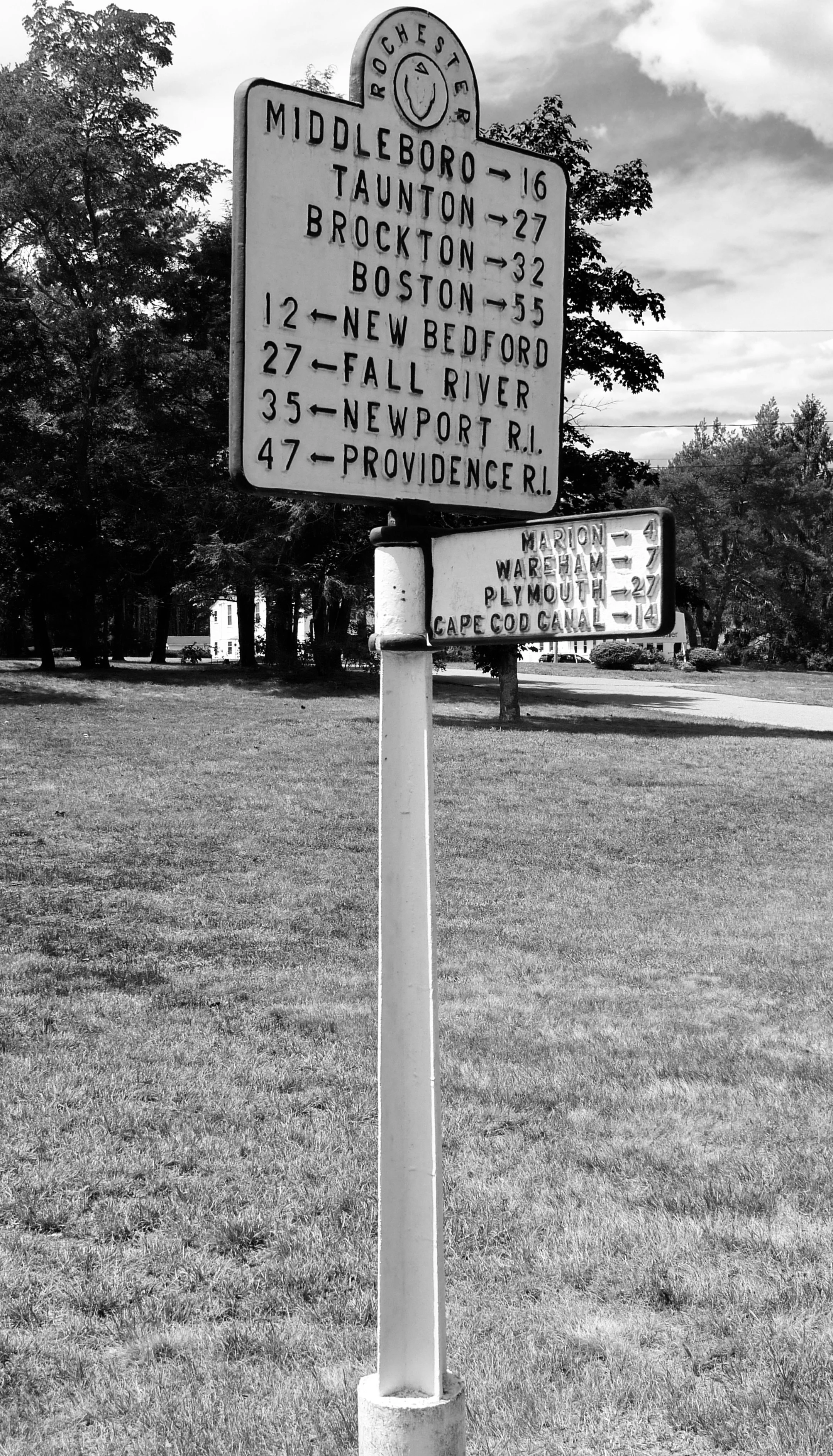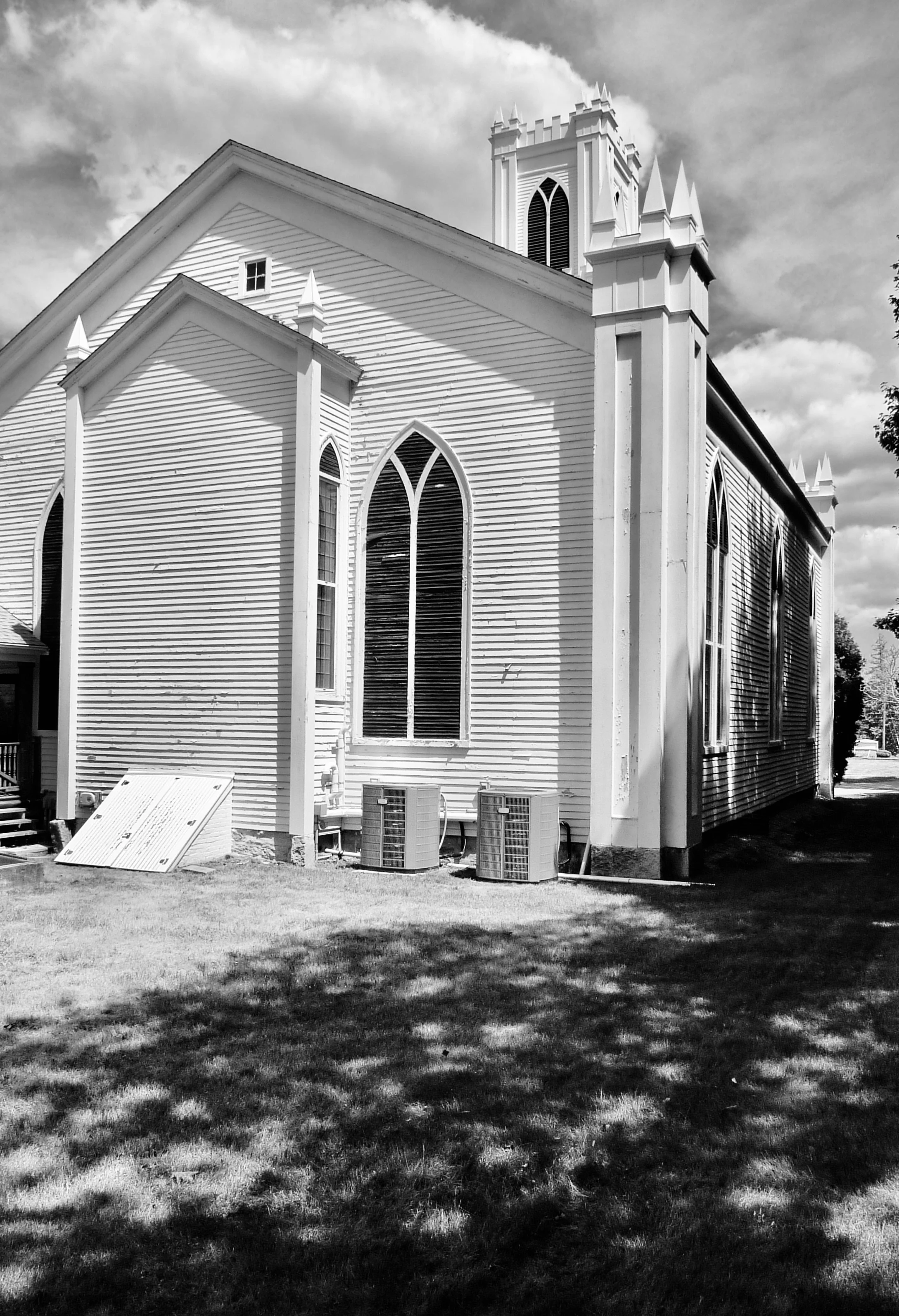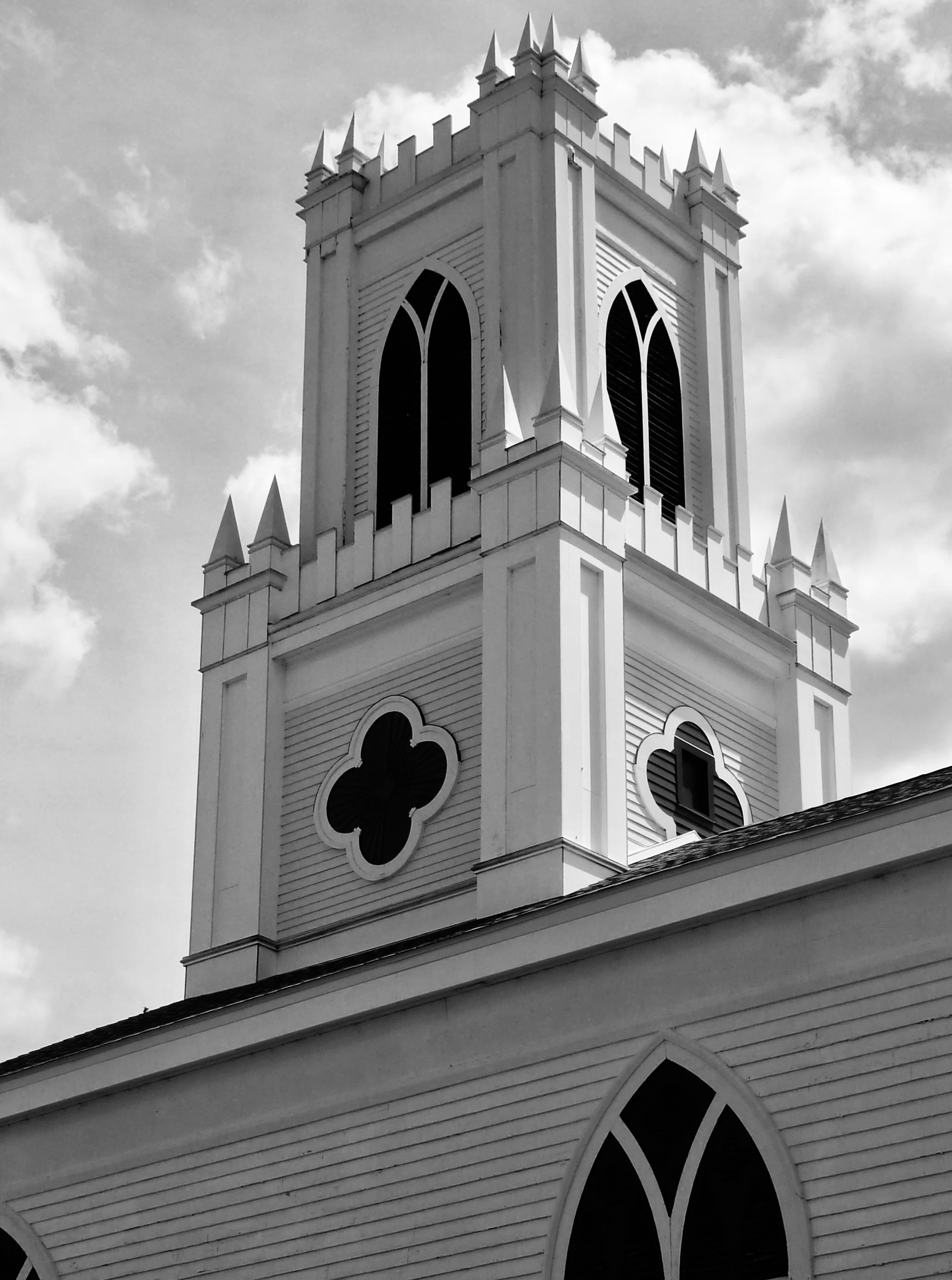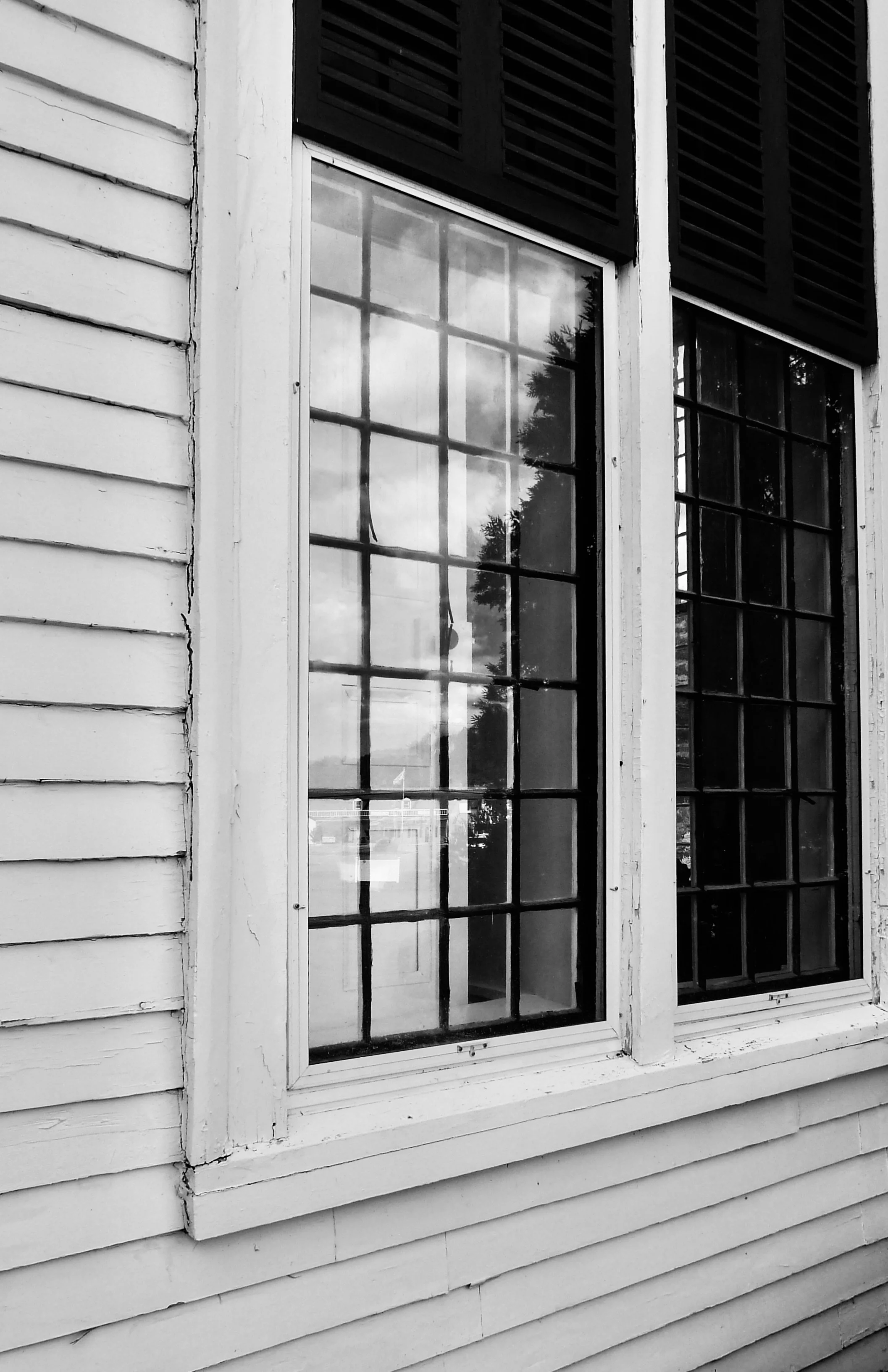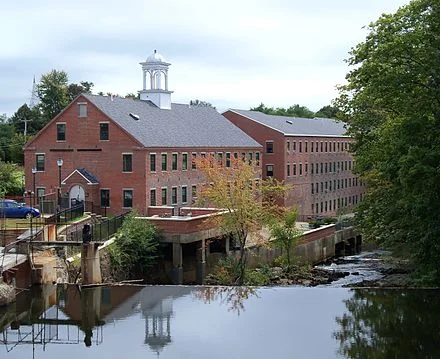
‘That unite us all’
“Boy From Kezi, Zimbabwe’’ (acrylic and acrylic ink on canvas), by Amy E. Kindler, at River Stones Custom Framing, Rochester, N.H., Feb. 1 to Feb. 28.
The gallery says:
“Amy E. Kindler’s masterful strokes bring to life the narratives of men, women, and children worldwide. Kindler celebrates the rich tapestry of faces, characters, and stories that unite us all with the intention of conveying the profound message of God’s love for the entire human race.’’
The Cocheco River provided power for Rochester’s early factories in the 19th Century.
— Photo by AlexiusHoratius
All wet in the Green Mountain State
Work by Clinton, Mass.-based Peter Moriarty (born 1952) in the show “No Place Like Home,’’ at the BigTown Gallery, Rochester, Vt., through Oct. 29.
Civil War memorial in Rochester, Vt.
— Photo by Kenneth C. Zirkel
William Morgan: Where obscurity may have helped save some of a town’s beauty
Photos by William Morgan
The signpost on the green in Rochester, Mass., tells you how far you are from various Bay State towns. The attractive, old-fashioned marker also hints that this place is the back of beyond — the middle of nowhere.
Rochester wasn’t always a place forgotten. First settled in 1679, it was a major shipbuilding town, at least until what became Marion and Mattapoisett broke away and Rochester became landlocked.
There are a few handsome Federal period houses dotted about the countryside, no doubt remnants of maritime wealth before New England commerce was strangled by Jefferson’s Embargo Act of 1807.
Rochester’s town common boasts a marvelous Carpenter’s Gothic church. The church’s foundation goes back to 1703, but this confection dates to the middle of the 19th Century. The First Congregational Church’s medievalism is a riff on the typical New England Meeting House: a simple preaching box with a battlemented tower instead of a multi-tiered Georgian steeple.
There are no great masonry walls or expanses of stained glass. The meeting house windows have pointed tops, the tower base has louvered openings in the shape of quatrefoils, and the corners of the parapets have spikey caps
The delightful First Congo is not going to make up for the loss of access to Buzzards Bay. But the town’s very misfortune may have preserved this treasure.
William Morgan is a Providence-based architectural critic and historian and photographer. He is the author of American Country Churches and The Cape Cod Cottage, among other books.
Poor Rochester (in red) — so near Buzzards Bay but cut off. Orange is Plymouth County.
'Shadows and Light'
Image from the “Shadows and Light’’ show at The Franklin Gallery at Riverstones Custom Framing, in the very lively and interesting city of Rochester, N.H., through January. The show, coordinated by Peter Abate and featuring 34 artists, is a traveling exhibition. “Shadows and Light’’ is about the interplay and interpretation of shadow and light in art. The pieces in “Shadows and Light’’ explore the technical aspects of light and shadow as well as the symbolic and metaphorical ways these elements are expressed.
The Cocheco River provided power for Rochester’s early factories and mills, which made it a very prosperous place for many decades, starting in the early 19th Century. Shoes and blankets were among the major products. Prosperity spawned a remarkable degree of cultural energy, which continues to this day and has included the construction of an opera house and the residence of numerous visual artists, albeit some only in the summer.

